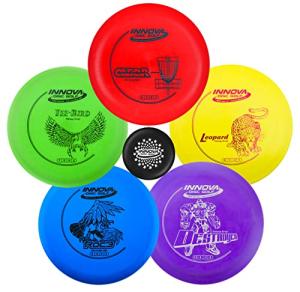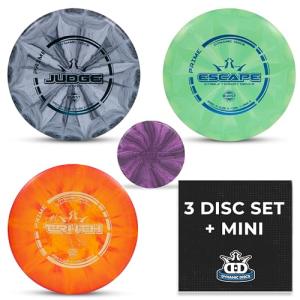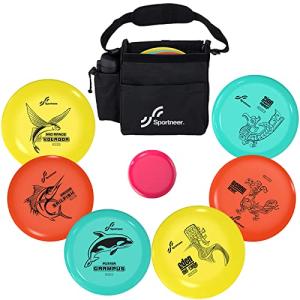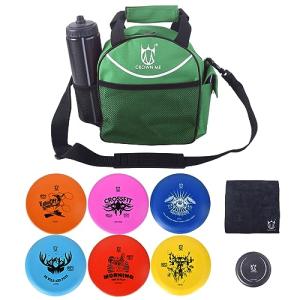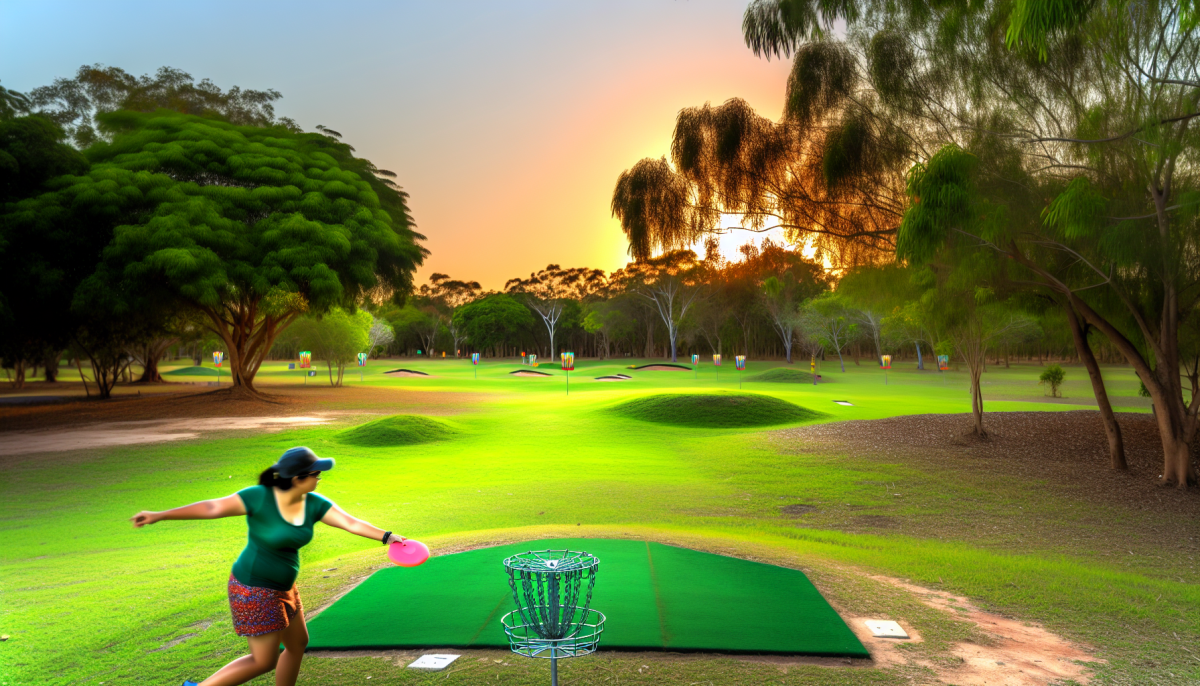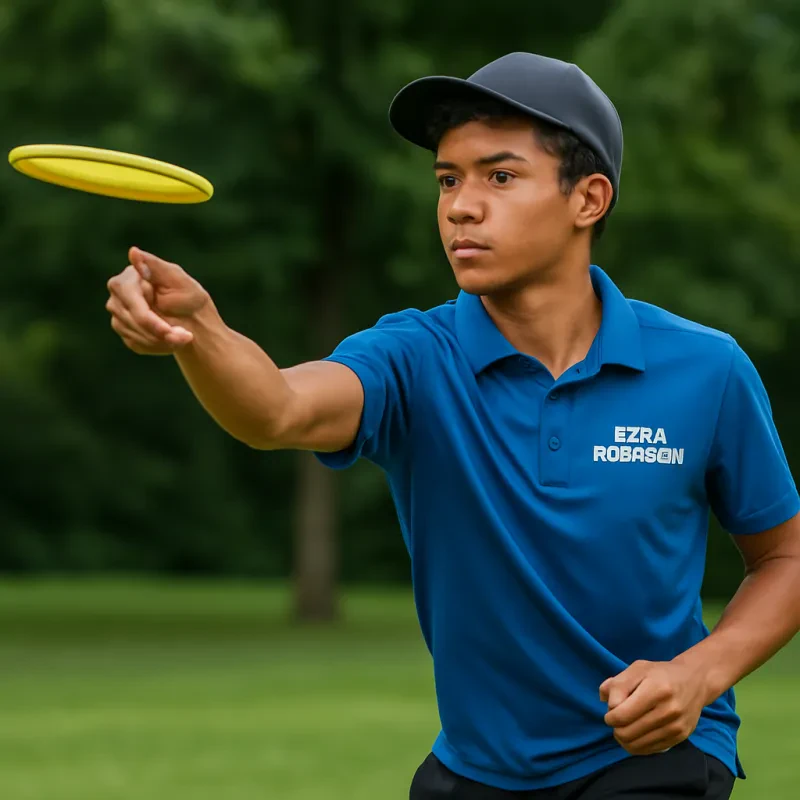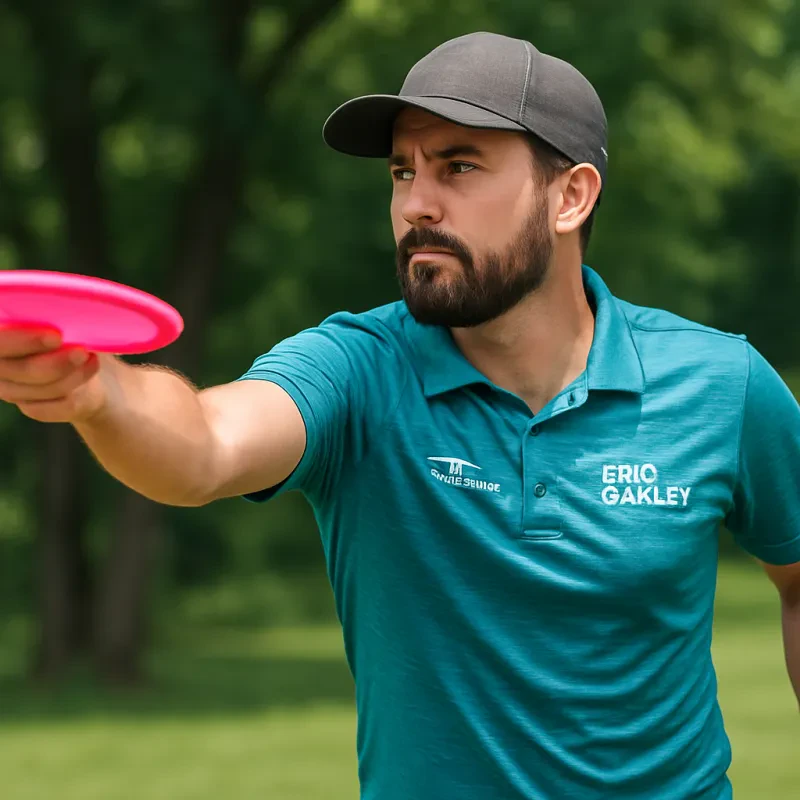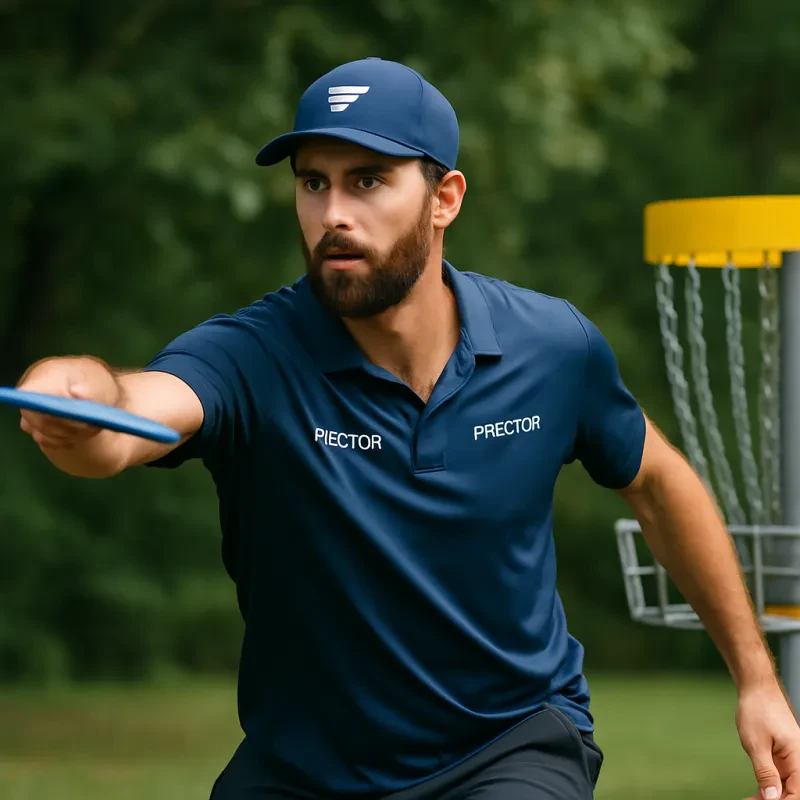When you're just starting out in disc golf, having the right gear can make a significant difference in your experience. As you learn how to play disc golf for beginners, investing in a few essential items will help you develop your skills and enjoy the game even more. Here’s a list of must-have gear that will set you up for success on the course.
First and foremost, you'll need a set of discs. A beginner-friendly set usually includes a driver, a mid-range disc, and a putter. Drivers are designed for long-distance throws, while mid-range discs provide versatility for different types of shots. Puttters, as the name suggests, are used for, well, putting! Look for discs that are specifically labeled as beginner-friendly; they tend to be lighter and easier to throw.
In addition to discs, consider investing in a disc golf bag. A good bag not only helps you carry your discs comfortably but also provides space for water, snacks, and other essentials. Choose a bag that fits your needs—there are options that cater to those who want to carry just a few discs as well as those who prefer to have an entire arsenal ready for different situations on the course.
Finally, don’t forget about clothing and footwear. Wear comfortable, breathable clothing that allows for easy movement, and choose shoes with good traction to help you navigate the course. Whether you’re throwing from a tee pad or walking through the woods, proper footwear can enhance your stability and performance. With these essential gear items in hand, you'll be well on your way to mastering the sport and discovering how to play disc golf for beginners!
Understanding Disc Types and Uses
When starting your journey in disc golf, it's essential to understand the different types of discs and their specific uses. Each disc has a unique design that influences its flying characteristics, making them suitable for various situations on the course. Whether you're learning how to play disc golf for beginners or just looking to improve your game, knowing about disc types will significantly enhance your experience.
There are three main categories of discs: drivers, mid-range discs, and putters. Drivers are designed for long-distance throws and come in various shapes, allowing for speed and distance. These discs tend to have a sharper edge, which helps them slice through the air. If you're aiming to cover long distances off the tee, drivers are your go-to choice.
Mid-range discs, on the other hand, are more versatile. They offer better control and are often used for approaches and short-distance shots. Mid-range discs have a more rounded edge, allowing for a smoother flight path. Beginners will find that mid-range discs can help them learn how to play disc golf for beginners, as they are easier to throw accurately than drivers.
Finally, putters are the discs that you use for your final throws into the basket. They are designed for accuracy and stability at lower speeds, making them ideal for short, controlled shots. Understanding the differences between these disc types will help you make the right choices during your rounds, ultimately improving your skills as you learn how to play disc golf for beginners.
Basic Throwing Techniques Explained
When you first start to learn how to play disc golf for beginners, mastering your throwing techniques is essential. The way you throw can greatly affect your performance on the course. There are several basic throwing techniques that every beginner should familiarize themselves with, including the backhand, forehand, and overhand throws. Let's dive into these techniques to help you improve your game.
The backhand throw is the most common throw used in disc golf. To execute it properly, stand with your feet shoulder-width apart and your non-dominant foot slightly forward. Hold the disc firmly with your thumb on top and your index and middle fingers underneath the disc. As you begin to throw, rotate your hips and shoulders away from your target, then snap your wrist as you follow through. This technique allows for a smooth and powerful throw, generating distance and accuracy.
Next is the forehand throw, sometimes referred to as a sidearm throw. This technique is useful for bending shots around obstacles. To perform a forehand throw, grip the disc with your thumb on top and your index finger along the rim. Your middle and ring fingers should stabilise the bottom. Stand sideways to your target, position your non-dominant foot forward, and rotate your arm from the elbow. The power comes from a flick of your wrist, which helps the disc soar in the desired direction.
Lastly, you have the overhand throw, which is ideal for getting out from under challenging low-hanging branches. For this throw, grip the disc like a backhand throw, but lift it over your head to create an overhead motion. Step forward with your dominant foot and let the disc fly down and forward, using your shoulder and wrist to guide it. While not used as frequently as the backhand and forehand, it can be a handy tool when needed.
Improving Your Game with Practice
Practicing regularly is one of the best ways to improve your skills in disc golf. Whether you're just starting out or looking to refine your technique, dedicating time to practice can make a huge difference in your game. For beginners, focusing on the basics of throwing and putting can help build a solid foundation. Learning how to play disc golf for beginners means understanding the importance of consistent practice.
One effective way to practice is to find a local disc golf course and spend time throwing different types of discs. Try to vary your throws by using various techniques like backhand, forehand, and even putting styles. This variety will help you become comfortable with different throws and build confidence as you learn how to play disc golf for beginners. Additionally, consider practicing at empty parks or open fields where you can work on your form without distractions.
Setting specific goals for each practice session can also enhance your progress. For example, you might aim to improve your putting accuracy, distance throws, or even your ability to navigate obstacles. By breaking down your practice into focused areas, you'll see growth and gain a better understanding of how to play disc golf for beginners. Remember to stay patient with yourself, as improvement takes time and consistent effort.
Incorporating drills into your practice can further enhance your skills. Consider using a target or marker to aim for during your throws. This will help you develop precision and control. Practicing with friends or joining a local disc golf community can provide valuable feedback and support. As you learn together, you’ll get tips that will help with your game and motivate you to improve consistently.
